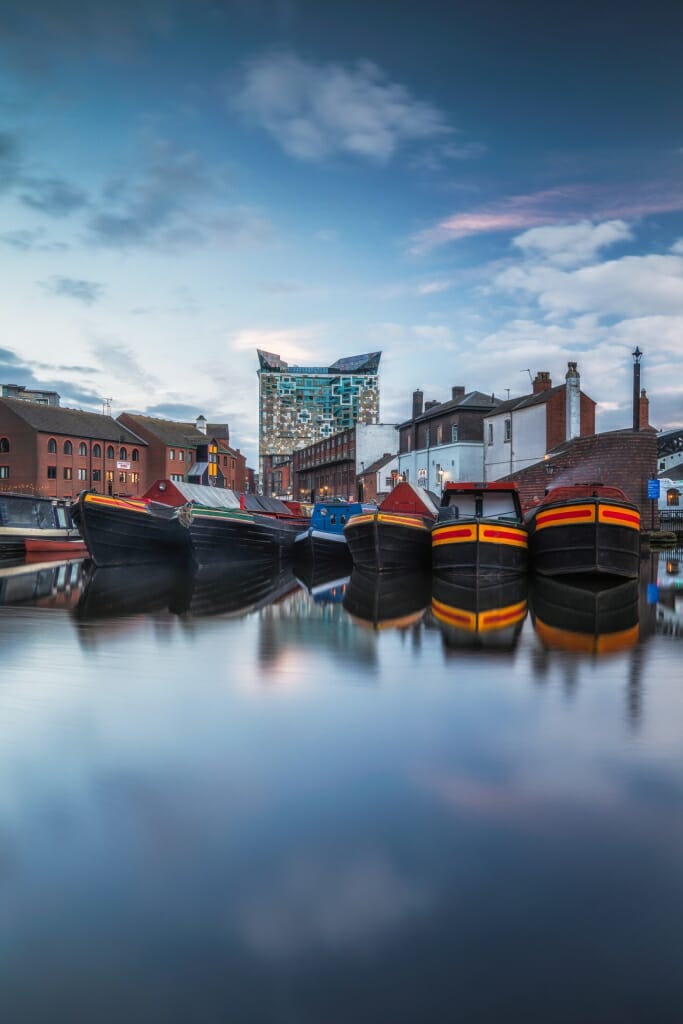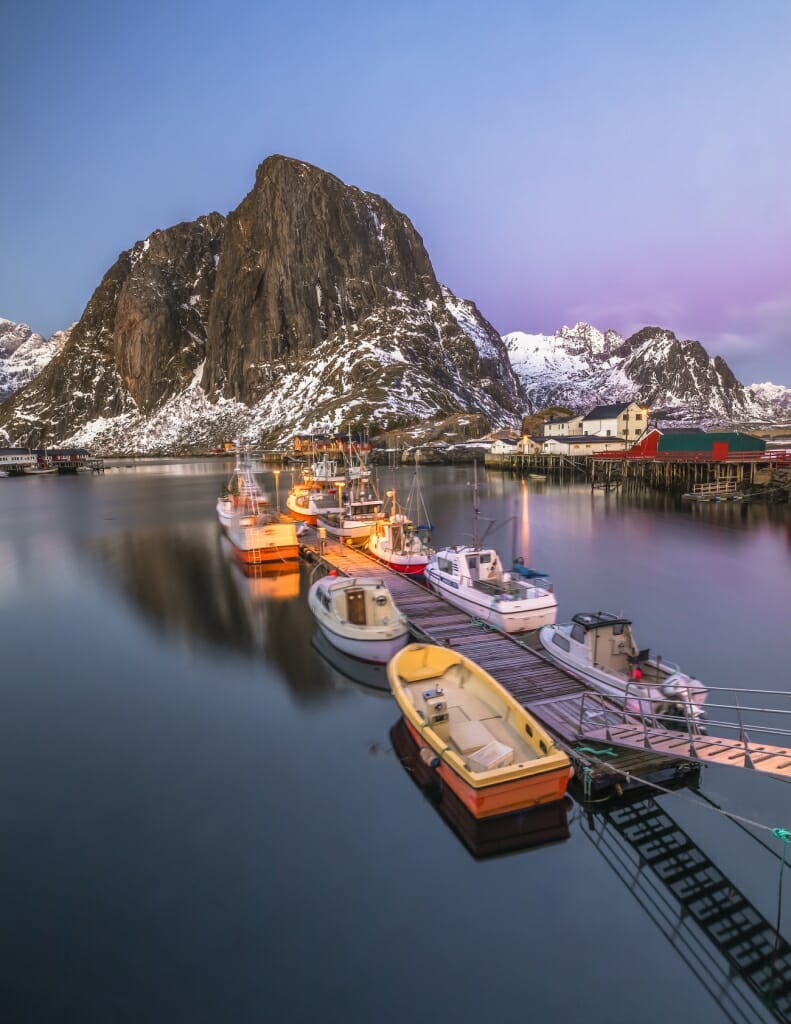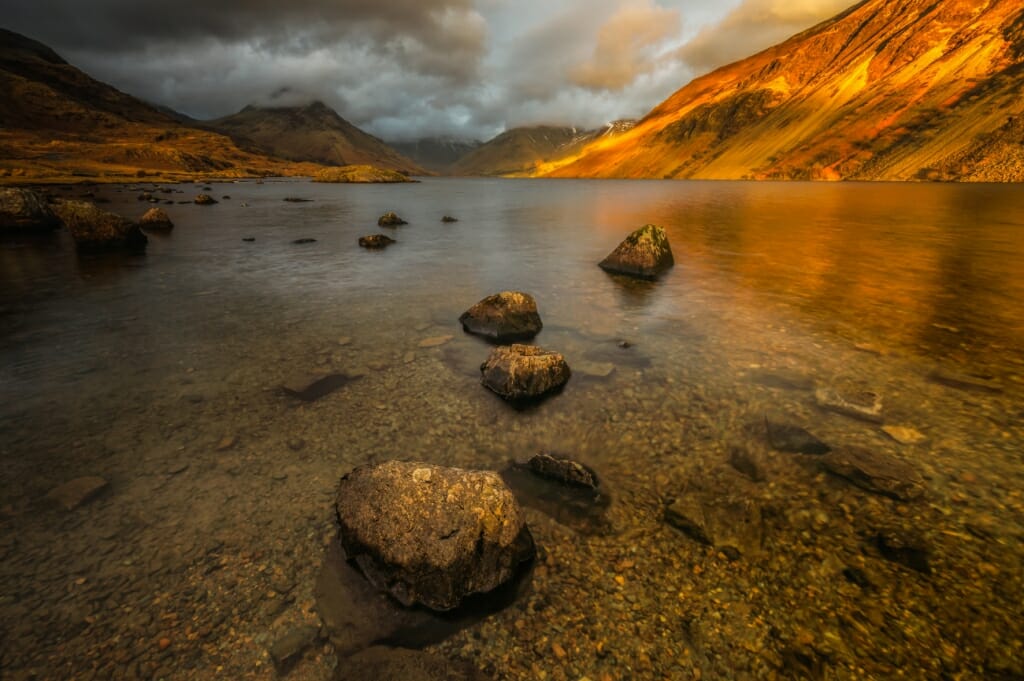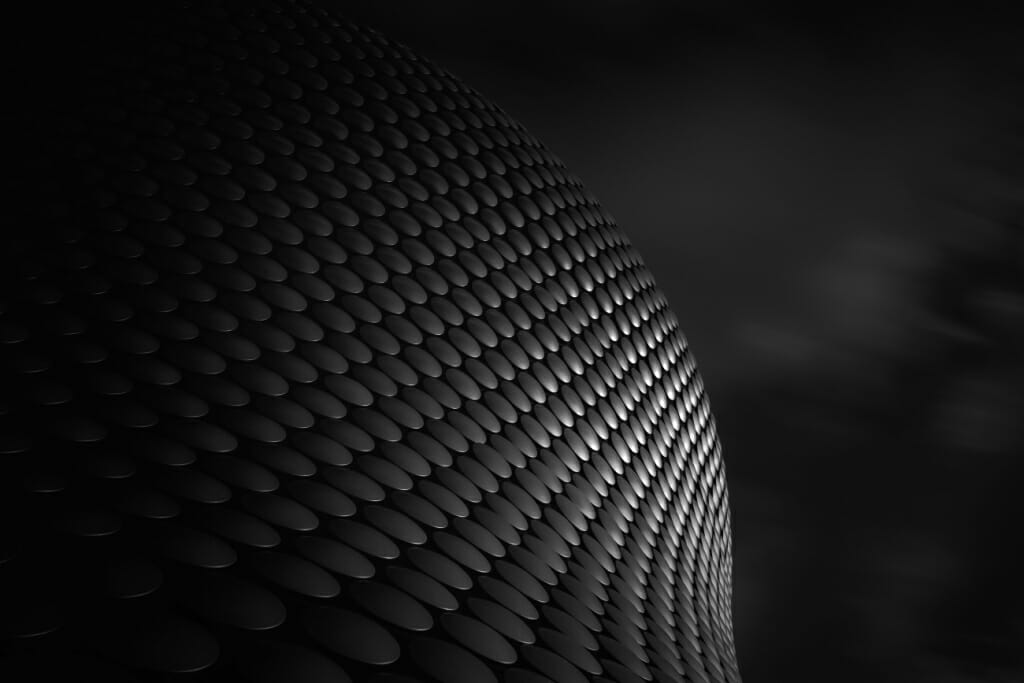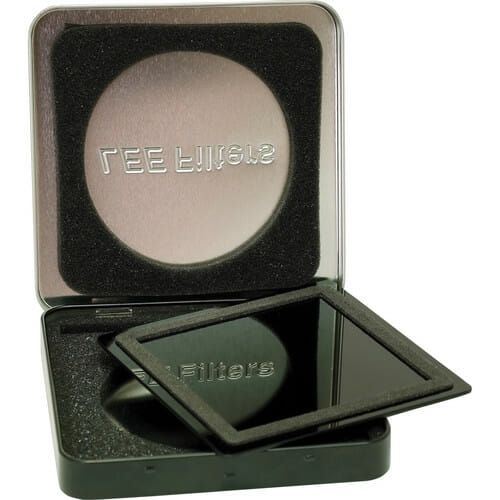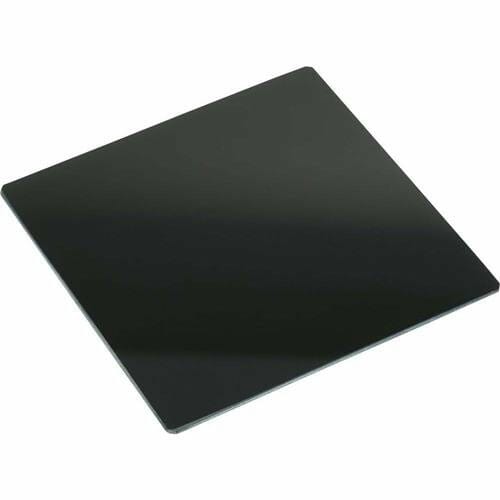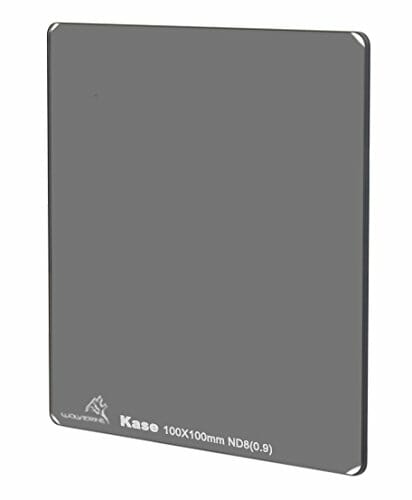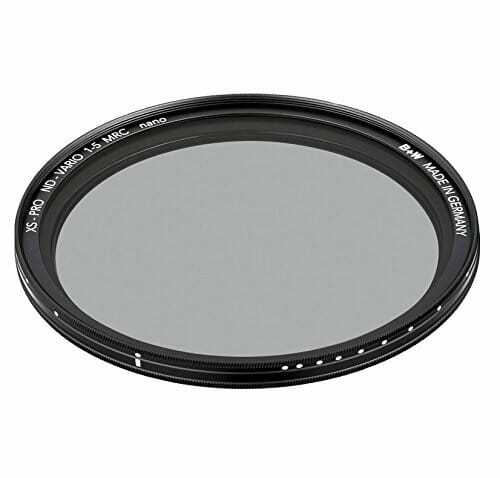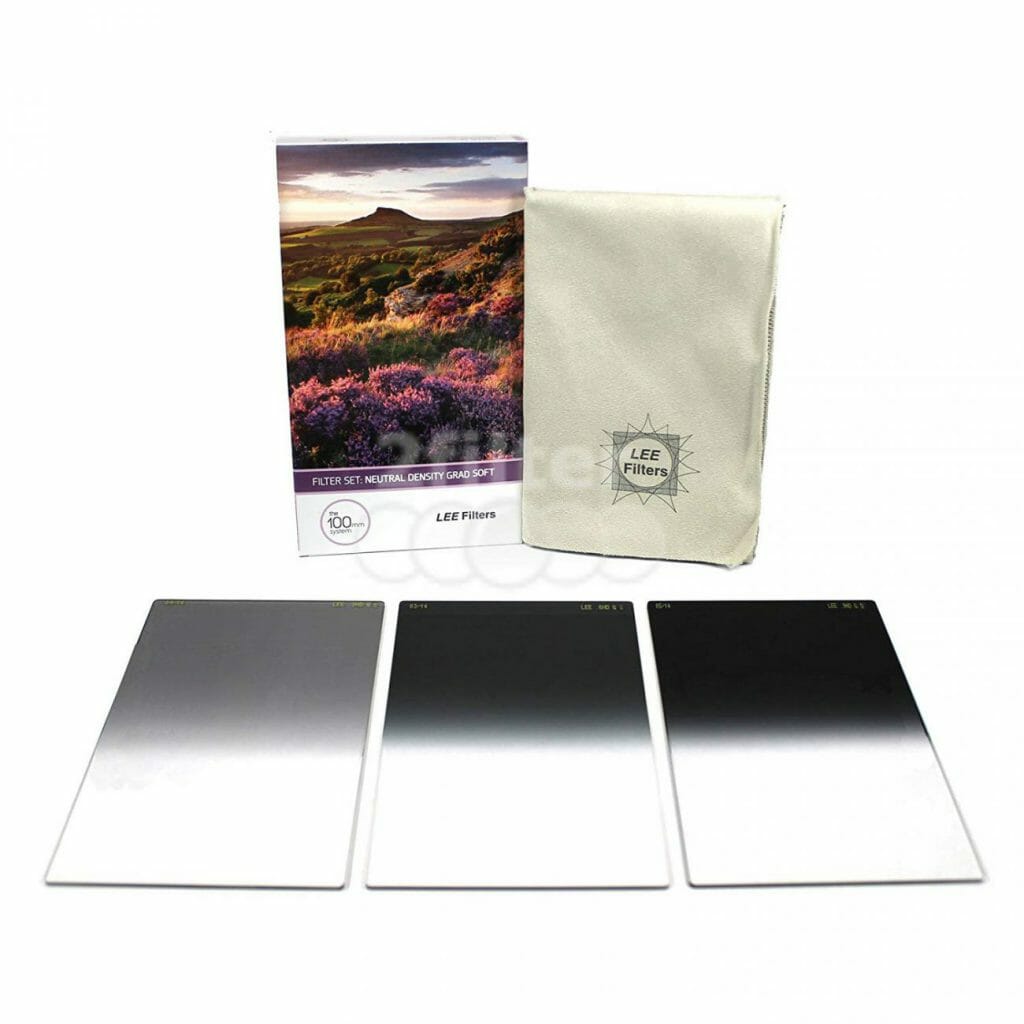Have you ever wondered how photographers capture silky smooth waterfalls?
Or how they smooth out the water in seascapes?
One of the secrets is a Neutral Density (ND) filter.

In this article, we will explore what is an ND filter is and how to use it in your long exposure photography.
What Is an ND Filter?
An ND filter is a solid, dark plate of glass or plastic that is often square in shape and fits into a filter holder which attaches to the front of your lens.
You can also purchase circular, or screw-in versions, which attach directly to your lens.
The idea behind an ND filter is to reduce the amount of light coming into the lens, which allows you to expose for longer shutter speeds.
This also allows you to capture a scene with a long exposure.

The length of the exposure will be dependent on factors such as the time of day, shutter speed, and aperture.
These longer exposures can range from a few tenths of a minute to many minutes, depending on the strength of the filter you’re using and the time of day.
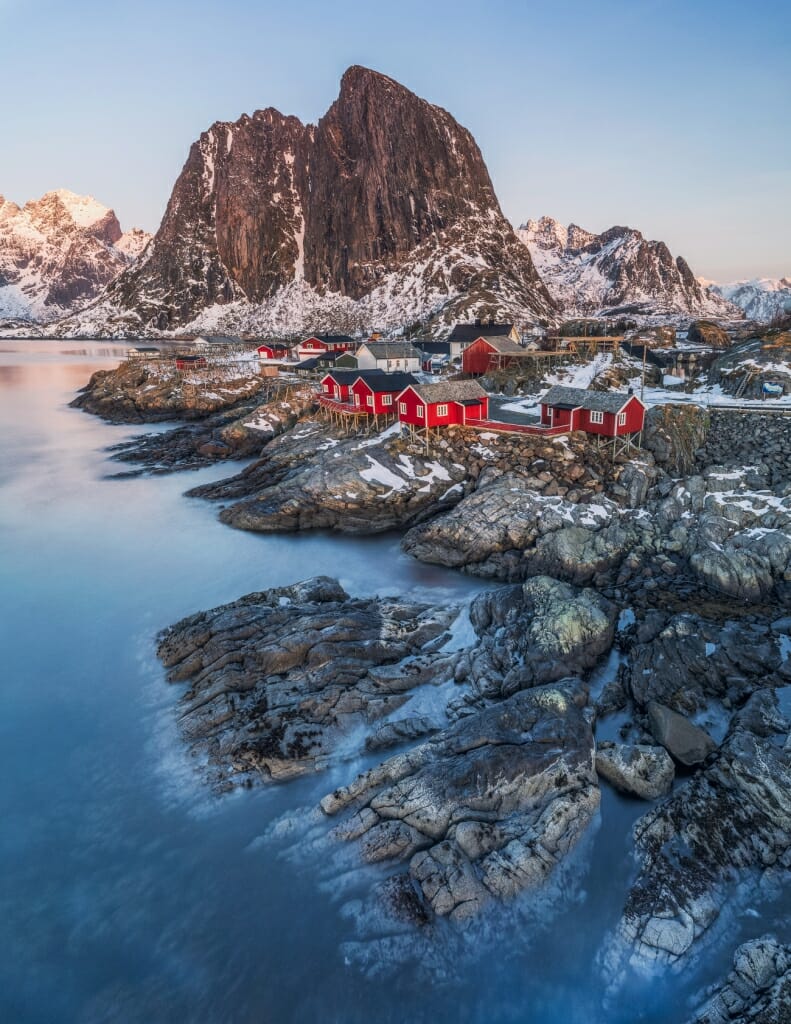
You can buy ND filters of various strengths, the most popular is a 10-stop (or x1000), which reduces the amount of light reaching the sensor by 10 whole stops.
When and Where to Use an ND Filter
Neutral Density filters come in very handy for particular types of photography; such as landscapes, waterfalls, seascapes, or even street photography.
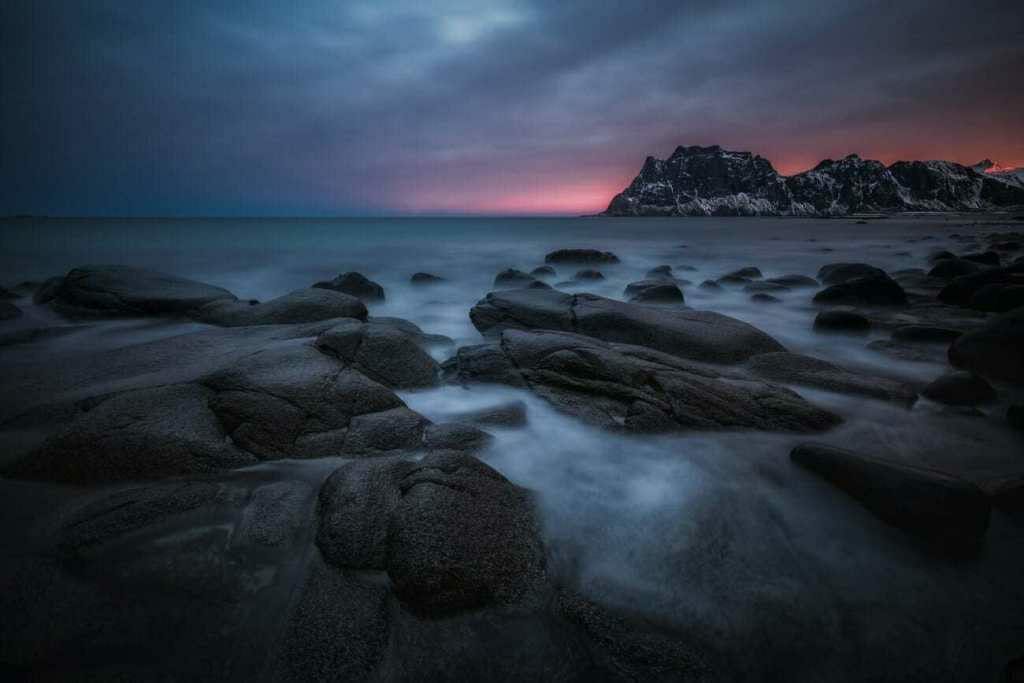
Extending the exposure time when photographing movements accentuate the impression of movement, which adds artistic flair to an image.
For example, longer exposures give water a milky quality, which adds a misty, almost dream-like, quality to a shot.

ND filters are also great for creating movement in the sky. For example, a 15-30 second exposure can give the impression of clouds moving.
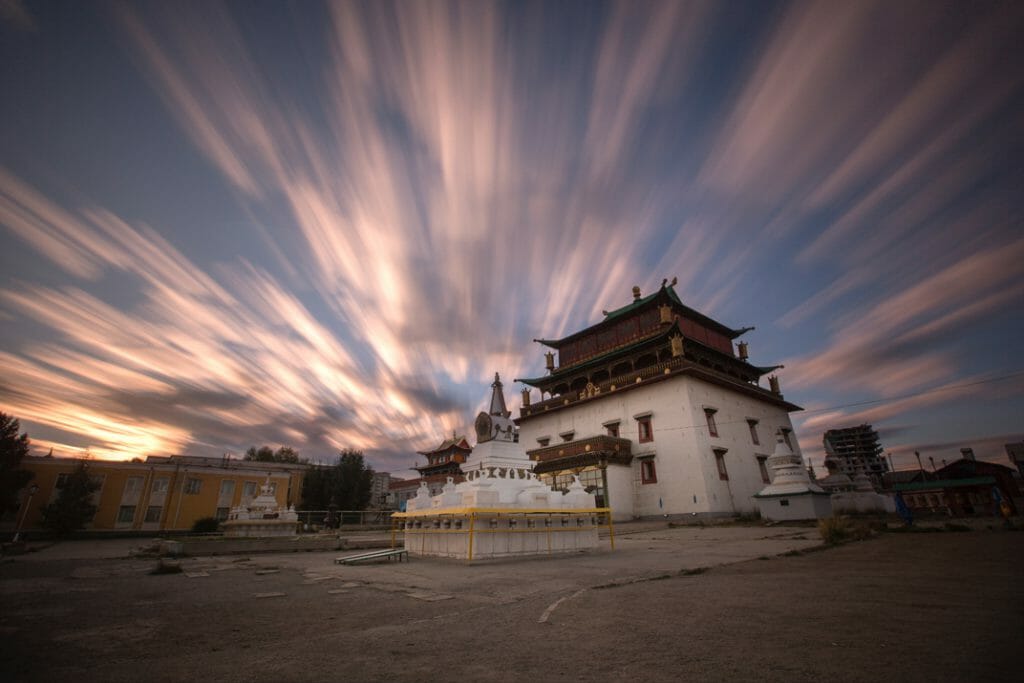
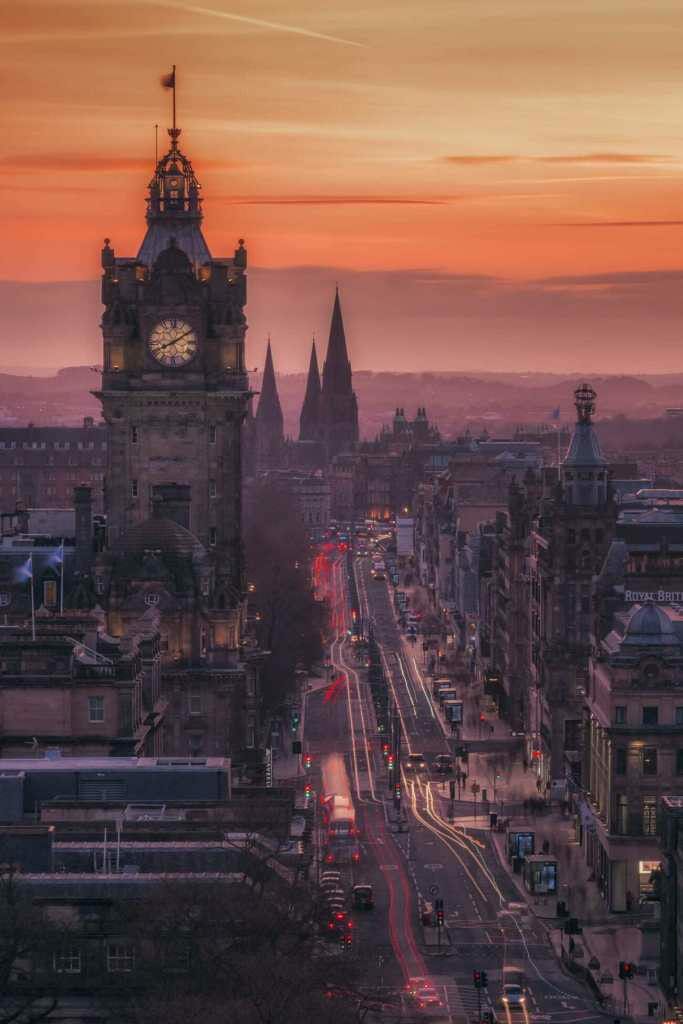
What is a Neutral Density Grad Filter?
Unfortunately, this skill does not transfer to our cameras.
This is where a Neutral Density graduated (ND Grad) filter comes in handy.
Different Types of ND Grad Filters
There are also various strengths in terms of how dark the filter is at the top.
What to Look for When Purchasing an ND Filter
5 Best ND Filters
Here is a list of my top 5 ND filter recommendations.
1. Lee Filters 100x100mm Big Stopper
2. Lee Filters 100mm Little Stopper
3. Kase Filters 100mm Wolverine ND8
4. B+W XS-Pro Digital ND Vario MRC-Nano Filter
5. Lee Filters Neutral Density Soft Edge Grad 0.9
Over to You

Now that you’ve learned these tips for stunning photos, you’re a better photographer.

